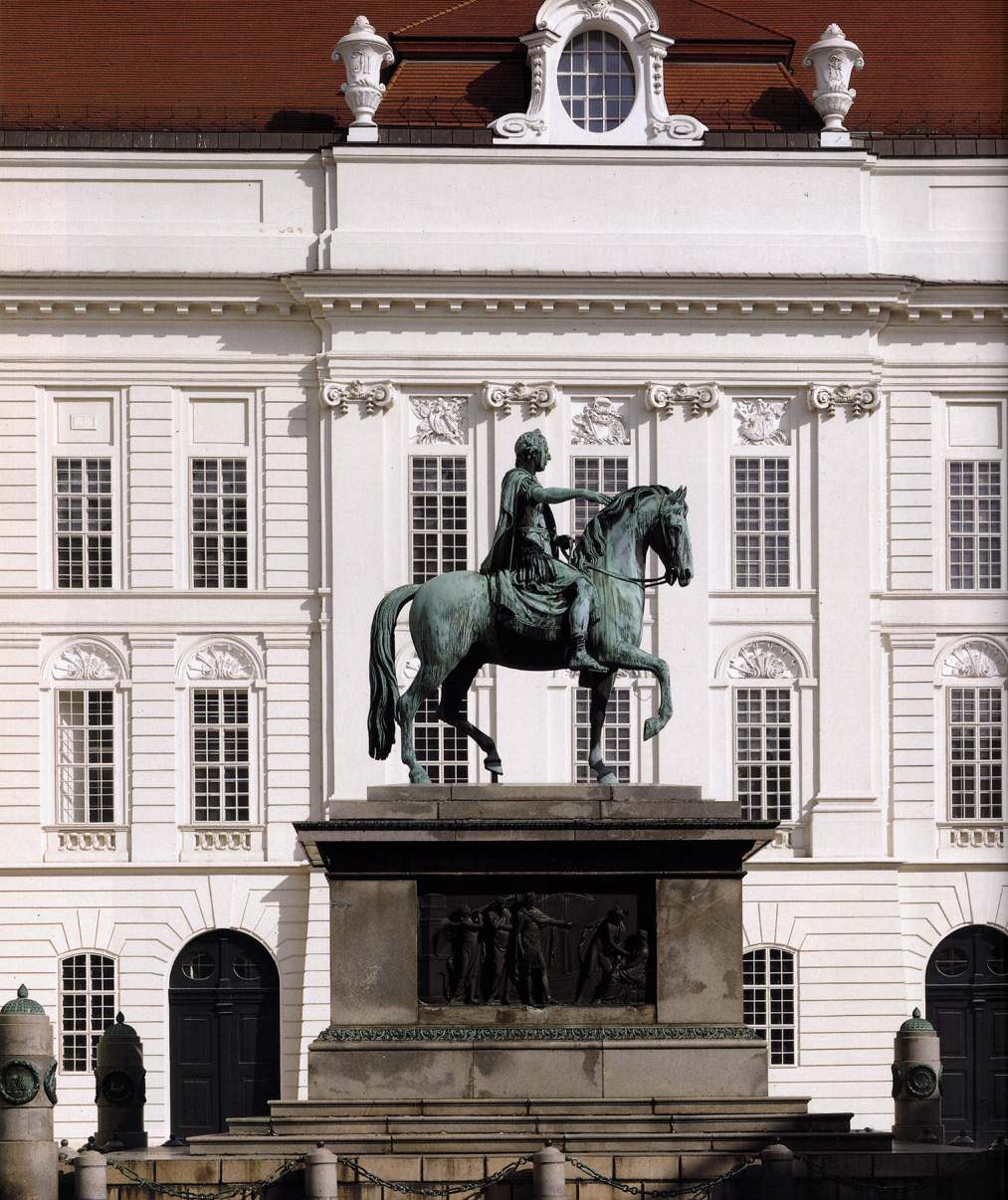Austrian sculptor and teacher. He trained initially under the sculptor Balthasar Horer, a relation on his mother's side, and under Josef Deutschmann in Passau. Subsequent academic tuition in Vienna, from Jakob Schletterer and Wilhelm Bayer, however, was a decisive influence on him.
Zauner's first official commission in Vienna, received through his patron, Wenzel Anton, Prince Kaunitz-Rietburg, was for a sandstone fountain with the figures of The Danube and The Enns for the Ehrenhof at Schönbrunn (1775; in situ): here Zauner's work was still strongly reminiscent of the Baroque classicism of Georg Raffael Donner. Even so, it contrasted with its counterpart at Schönbrunn by the older sculptor Johann Baptist Hagenauer, by virtue of its clearly arranged figure-composition, which Zauner directed towards one principal viewpoint. Zauner's fuller adoption of a strict classicism occurred in Rome, where he stayed from 1776 to 1781, along with the painter, Heinrich Füger, as an Imperial-Royal pensioner.
In Rome, Zauner was a member of the private academy of the Swiss sculptor Alexander Trippel. In keeping with the views on the exemplary role of ancient art, argued by Johann Joachim Winckelmann, Zauner initially produced direct copies from antique models (including the Farnese Hercules and the Apollo Belvedere), which he sent to Vienna as evidence of his artistic progress and as teaching material for the Akademie. Zauner also produced works that were not copies but were, rather, in the 'spirit' of antiquity: a Perseus and Andromeda group (plaster of Paris, 1777; Vienna, Belvedere) and a statuette of Clio (marble, 1779; Vaduz, Sammlung Liechtenstein).
After his return in 1782, Zauner was appointed professor of sculpture in 1782 at the Vienna Academy, becoming its director in 1806. Zauner's masterpiece is his bronze equestrian statue of the Emperor Joseph II, in front of the Hofbibliothek in Vienna. As bronze casting had no traditions in Vienna, he set to work with great diligence. The process he worked out made Zauner famous throughout Europe. Schadow and the Royal Academy in London sought his advice, and Canova worked with Zauner's assistants, later in demand everywhere, in casting his Napoleon statue.
//
![]()




